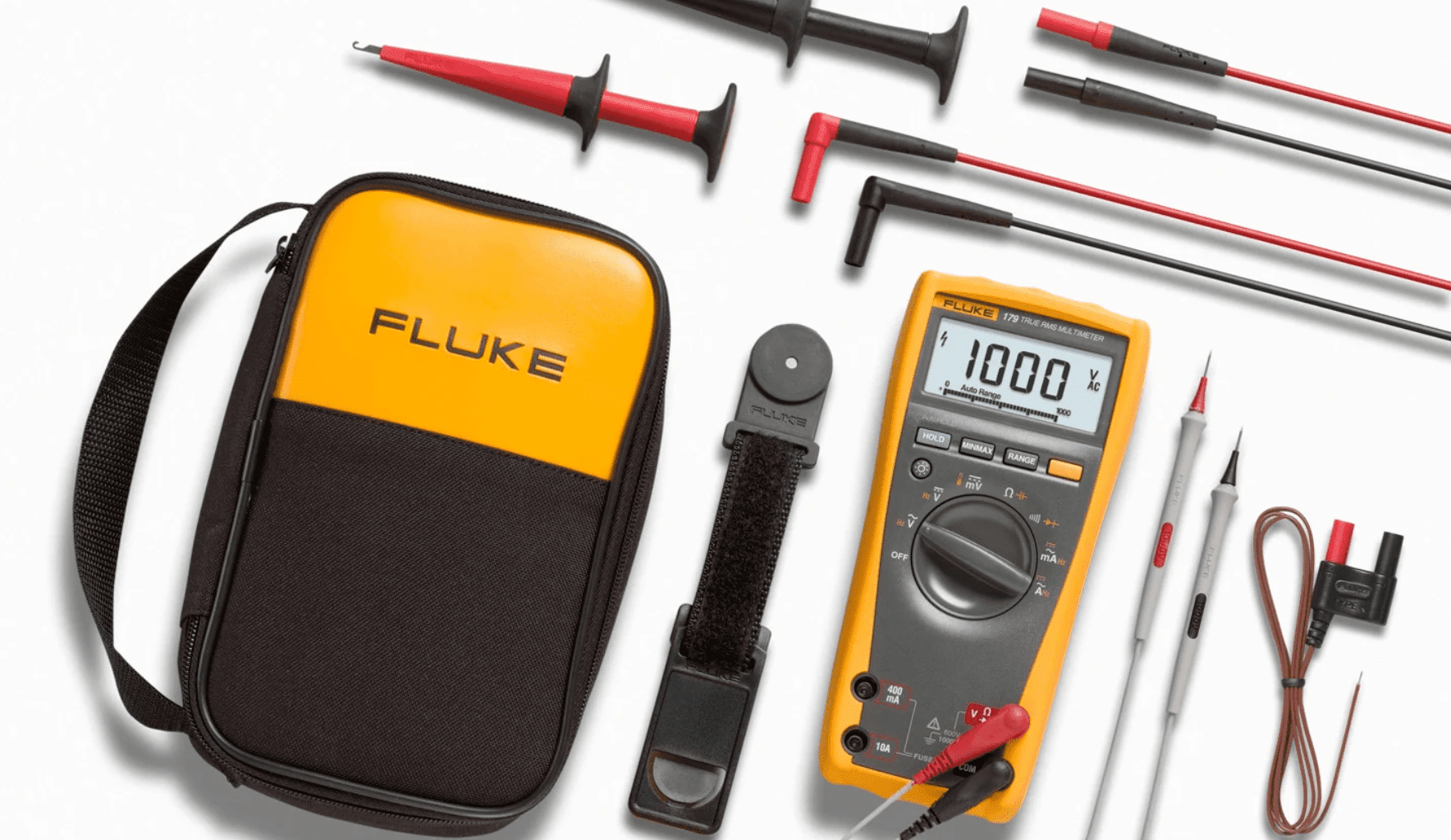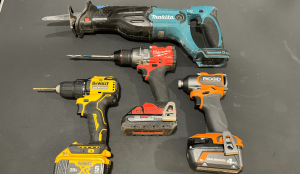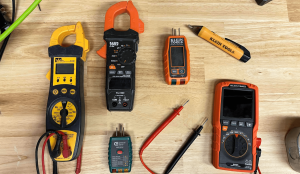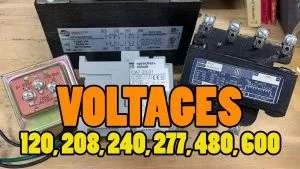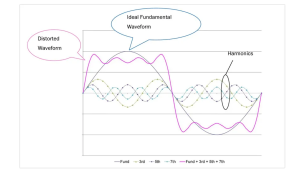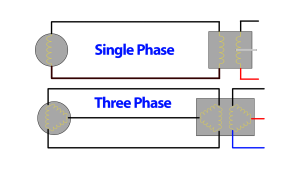Understanding Multimeter CAT Ratings
When working with electrical systems, safety is paramount. One critical aspect of ensuring safety is understanding the CAT (Category) ratings of multimeters and their leads. These ratings are established by the International Electrotechnical Commission (IEC) to indicate the level of protection provided against transient voltage spikes and the overall robustness of the equipment in different environments. Knowing the appropriate CAT rating for your multimeter and leads is essential for safe and accurate measurements.
What are CAT Ratings?
Multimeter CAT ratings categorize electrical environments based on the potential for transient voltage spikes. These are sudden increases in voltage that can occur due to switching operations, lightning strikes, or other disruptions. The IEC 61010 standard defines these categories as follows:
CAT I: Suitable for measurements on protected electronic equipment. Such as small household appliances, battery-powered devices, and electronic circuits that are not directly connected to the main electrical supply.
CAT II: Appropriate for measurements on local-level electrical circuits, such as household appliances, portable tools, and other devices that are plugged into outlets or connected to branch circuits.
CAT III: Designed for measurements on distribution-level installations, including building wiring, distribution boards, circuit breakers, and three-phase equipment in fixed installations. This category is typical for environments where equipment connects directly to the main service panel.
CAT IV: The highest level of protection, suitable for measurements at the origin of the low-voltage installation, such as electricity meters, primary overcurrent protection devices, and outdoor installations. This category covers environments where the potential for transient voltage spikes is highest.
Importance of CAT Ratings
Choosing the correct CAT rating is crucial for several reasons. Using a multimeter or leads with an insufficient CAT rating can expose you to dangerous voltage spikes. Which can result in electric shock, equipment damage, or even fire. While, higher CAT ratings ensure that the multimeter can handle transient voltages without compromising the accuracy and reliability of the measurements. Multimeters and leads with higher CAT ratings are built to withstand harsh electrical environments, ensuring longer service life and reliability.
Multimeters and leads are usually marked with their CAT ratings, along with their maximum voltage ratings. For example, a multimeter marked as “CAT III 600V” means it is suitable for use in CAT III environments up to 600 volts. Ensure that both your multimeter and leads have matching or compatible CAT ratings to maintain safety and measurement accuracy.

Understanding Dual CAT Ratings
Dual CAT ratings indicate that a multimeter or its leads can be safely used in different categories at different voltage levels. For instance, a multimeter marked as “CAT III 600V / CAT IV 300V” means it can handle 600 volts in a CAT III environment and 300 volts in a CAT IV environment. This provides flexibility, allowing you to use the same tool across a range of applications.
Here’s how to interpret dual CAT ratings:
- Example: “CAT III 600V / CAT IV 300V”
- In a CAT III environment, the multimeter is rated for up to 600 volts.
- In a CAT IV environment, the multimeter is rated for up to 300 volts.
Conclusion
Understanding CAT ratings and selecting the appropriate multimeter and leads for your specific electrical environment is vital for ensuring safety and accuracy. Always check the CAT rating before making any measurements. And never use equipment with a lower rating than the environment requires. By adhering to these guidelines, you can protect yourself and your equipment from the dangers of transient voltage spikes and ensure reliable performance in your electrical work. In the market for a multimeter? Check out the “What Multimeter Should I Buy?“

